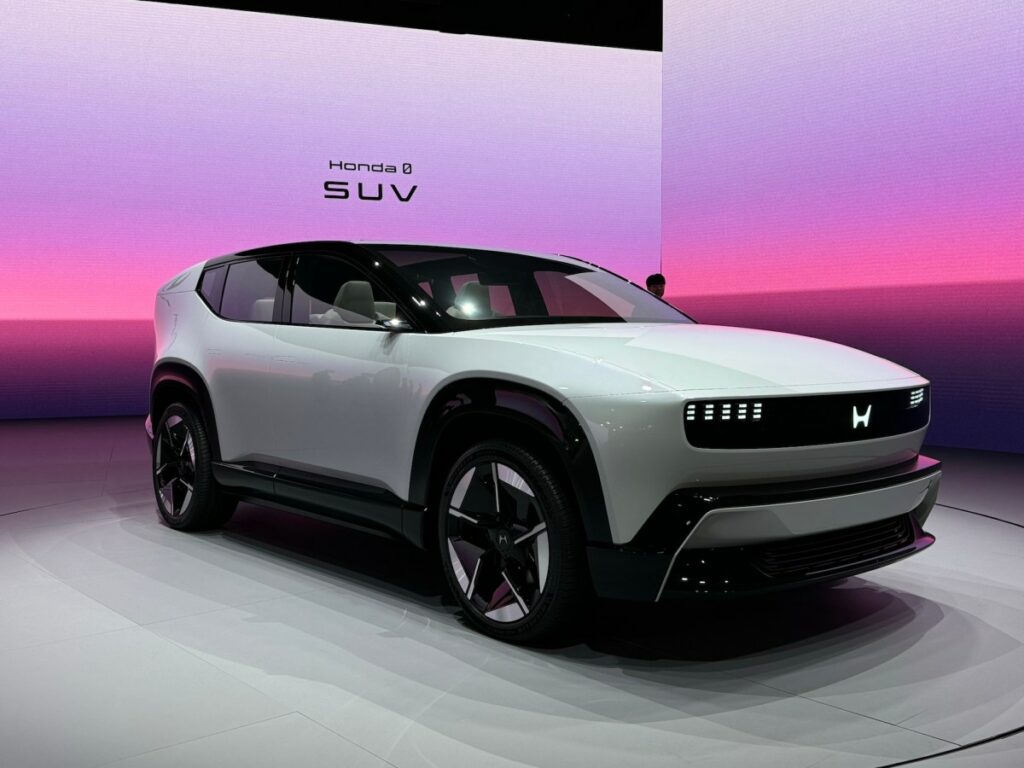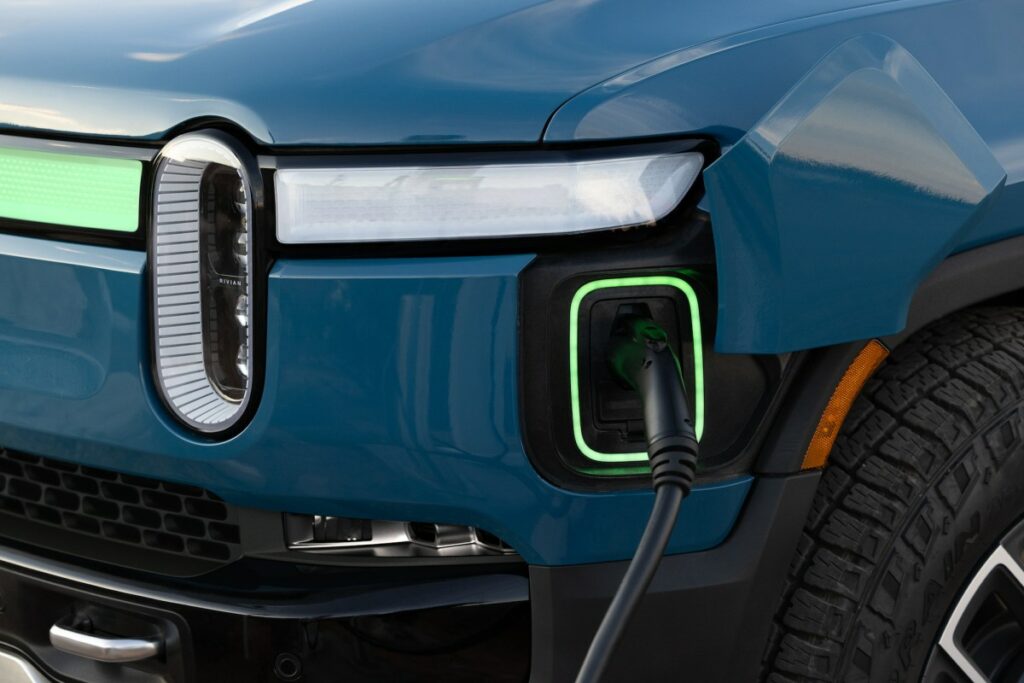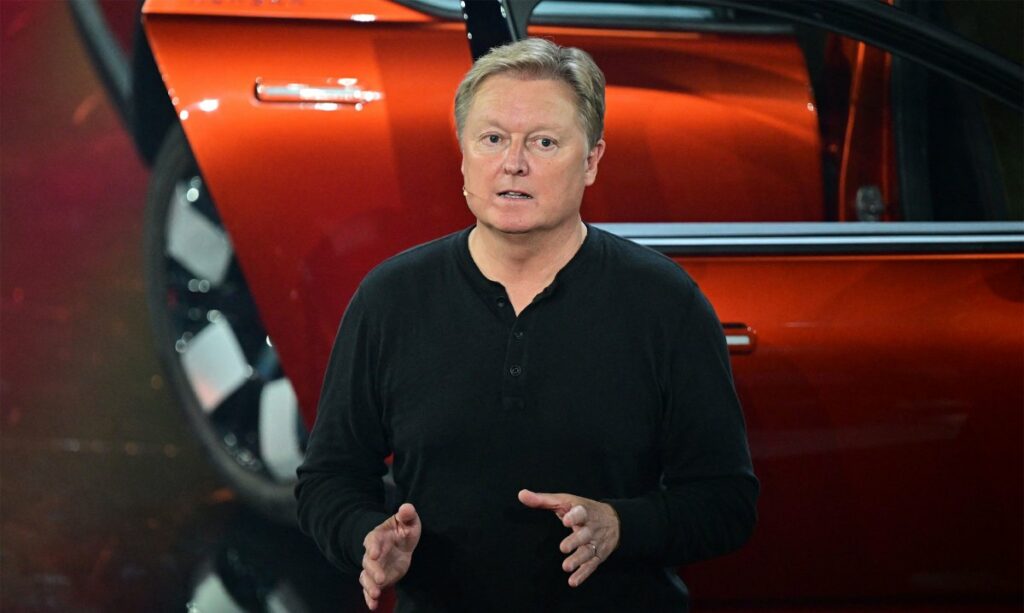Honda unveiled Tuesday at CES 2025 the latest EV in its so-called 0 Series — a mid-sized SUV prototype dubbed, surely enough, the 0 SUV. Honda’s take on the SUV will join the 0 Saloon that the automaker showed off at last year’s show.
And while Honda first showed us the 0 Saloon, the SUV will be the first in this new line up to head to customers. A production version of the SUV will debut first in North America in the first half in 2026, and it will be built at Honda’s “EV Hub” factory in Ohio. The 0 SUV will then go to other markets around the world. Honda will start building the 0 Saloon at the same facility in late 2026 before expanding to other countries.
Honda’s adopted mantra for the new line up of vehicles is “thin, light, and wise,” which executives repeated throughout Tuesday’s press conference.
In keeping with “the thin, right and wise approach to this model, we have further increased the interior space of the cabin, achieved outstandingly clear and unrestricted field of view and provide great flexibility for the seating position,” Katsushi Inoue, senior managing executive officer of Honda Motor, said on stage.
The reveal comes just a few weeks after Honda and Nissan announced a major plan to merge the two Japanese companies — a merger that could include Mitsubishi as well. The companies have said that merger will help them better compete with a fast-moving automotive industry, the pace of which has been set by Tesla.
Honda also announced on Tuesday that the software powering the 0 Series will be called ASIMO OS, a nod to the company’s famous bipedal robot. It will tie the electrical architecture with the in-vehicle infotainment system — a popular move these days. Honda said the new operating system will “offer a mobility experience customized for each individual user,” but didn’t go into much more detail about what that means.
The Japanese automaker also did not go into deep detail about the Honda 0 SUV’s specs. It did say that it will use steer-by-wire technology, though. The 0 Series vehicles will also use automated driving software co-developed with unsupervised learning startup Helm.AI.


